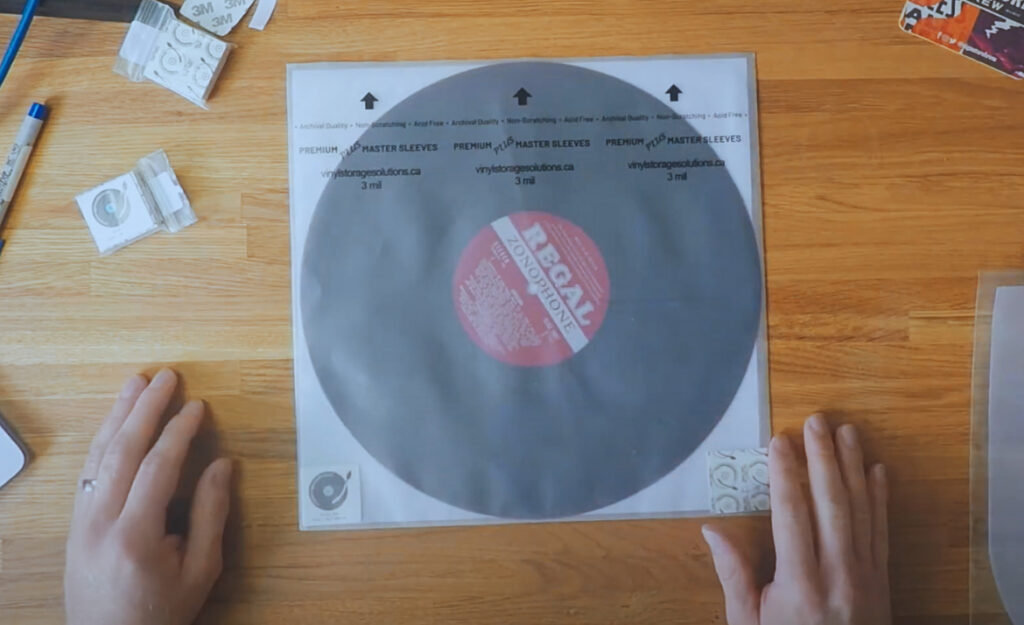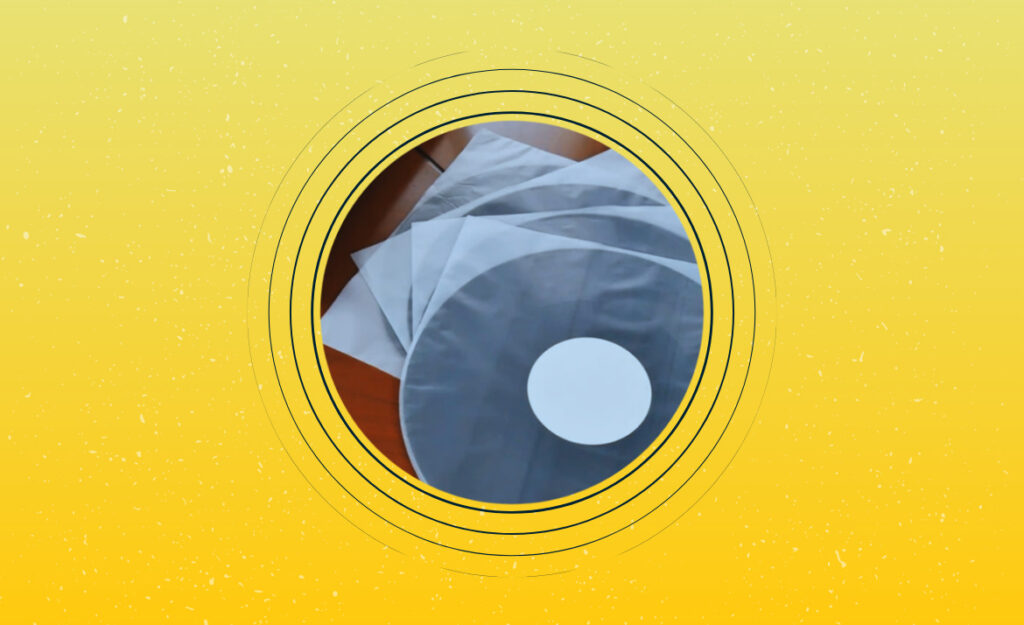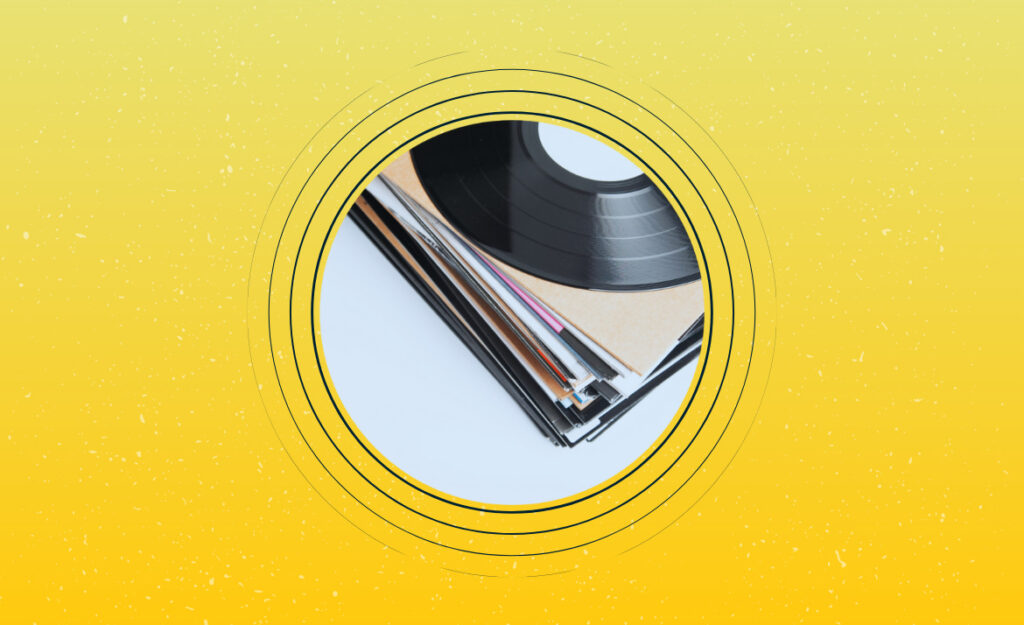
Collecting records always begins with excitement but quickly turns into concern about protecting them from dust and moisture. That’s where a vinyl preservation dehumidifier earns its place on any serious collector’s checklist, halfway between essential gear and peace of mind.
Each time you file an album back into your collection, you chip away at the invisible forces working against your vinyl: humidity, mold, and warping. The vinyl preservation dehumidifier quietly fights these daily threats, letting your records age gracefully.
Throughout this article, you’ll find strategies, practical examples, and expert-driven techniques for using a vinyl preservation dehumidifier to its fullest. It’s time to look beyond basic shelving and truly safeguard your analog treasures.
Setting the Right Humidity Level Protects Every Record
A reliable vinyl preservation dehumidifier creates the microclimate your records love. Set between 40%–50% relative humidity for most home environments—even one mistake here can undo years of careful storage.
Air that’s too moist will support mold that creeps onto grooves and inner sleeves. On the other hand, air too dry becomes static-prone, inviting pops, clicks, and even sleeve shrinkage or warping.
Choosing Accurate Hygrometers Goes Hand-in-Hand
Using a trustworthy hygrometer is like calibrating a good turntable—details matter. Place one at vinyl level; readings can differ from head height. Checking readings weekly helps you adjust your vinyl preservation dehumidifier before issues start.
Battery-powered hygrometers that display trends over time give context, not just a snapshot. A noticeable drift means replacing the unit, not simply ignoring odd readings. Collectors who spot subtle swings early avoid major damage, every time.
Pairing your vinyl preservation dehumidifier with a digital hygrometer automates care; modern smart sensors even text alerts if levels slip. Use phone notifications to keep track, especially in climates with unpredictable weather shifts.
Real-World Scenario: The “Sticky Sleeve” Test
Imagine thumbing through your collection and feeling a slight drag as you remove a record from its paper sleeve. That’s a first warning sign. Tactile cues matter—a sticky or wavy sleeve means humidity is too high, and signals when to run your vinyl preservation dehumidifier longer.
Complaints from visitors—”it smells musty”—shouldn’t be ignored. Trust your nose and fingers just as much as digital readouts. Reacting fast with dehumidifier adjustments can save dozens of sleeves from mildew or print transfer.
Share observations with fellow collectors: “I noticed my sleeves felt thicker,” is enough for a vinyl buddy to suggest checking humidity. Community insights multiply your chances of catching problems while fixable.
| Humidity Level | Risk to Vinyl | Visible Sign | Action Step |
|---|---|---|---|
| Below 30% | Excess static, potential warping | Crackling sounds, sleeves curl | Reduce dehumidifier use, add water tray |
| 30%–40% | Minor static, safe for most vinyl | No change or slight static | Maintain as baseline |
| 40%–50% | Ideal—minimal risks | Records, sleeves in original shape | Keep dehumidifier settings steady |
| 50%–60% | Mold risk increases | Slight musty odor, sleeve spots | Increase dehumidifier runtime |
| Above 60% | Serious mold/warping risk | Sticky sleeves, visible mold | Run dehumidifier, inspect all vinyl |
Daily Dehumidifier Habits Cut Damage Before It Starts
Building a routine with your vinyl preservation dehumidifier protects your collection for years. Two simple habits—consistent operation and timely maintenance—make the biggest difference for every vinyl room.
Leave your dehumidifier running during major weather shifts or after cleaning your shelves. Sudden spikes in atmospheric moisture are likeliest to leave invisible residue or introduce airborne spores.
Signs It’s Time to Adjust Your Routine
Stay alert to small hints: the sound of popping during playback, a tacky inner sleeve, or a haze on black vinyl surfaces. These signs always justify reviewing your settings and use schedule.
- Empty water reservoir daily in wet weather to prevent overflow and machine stress. This habit keeps the vinyl preservation dehumidifier operating at peak efficiency—never ignore a full tank light.
- Wipe filter screens clean every week to prevent dust buildup. A blocked filter forces air around the unit, not through it—a detail that matters as much as the humidity setting.
- Switch off the device during very dry, cool periods. Over-drying invites static, so monitor both the air and the feel of your records and sleeves.
- Use a timer or automated plug during vacations. Schedule your vinyl preservation dehumidifier to run at intervals even while you’re away, keeping conditions steady for long-term storage.
- Document humidity readings weekly. Keeping a notebook or app with past levels helps spot trends linked to changing seasons or home activities—especially helpful for rare or valuable records.
Updating basic care routines, like inspecting sleeves while flipping albums, lets collectors spot problems before they escalate. Prioritize time-sensitive maintenance—waiting just a few days during high humidity can lead to irreversible mold patches.
Pairing With Circulation Fans for Balanced Airflow
Place a small oscillating fan at waist height, at least six feet from the main dehumidifier. This circulates air more evenly across all shelves, preventing corners from staying damp.
- Turn the fan to its lowest setting—the gentle airflow matters more than speed. Too much wind can loosen lightweight inner sleeves or stir up dust.
- Point the fan at a shallow angle and never directly at stacked vinyl. Direct airflow risks localized drying, causing “bacon strip” warping on outermost records.
- Run the fan only four to six hours daily in humid months. Always use a grounded, surge-protected plug for safety—never run fans and the vinyl preservation dehumidifier on overloaded strips.
- Clean all fan blades monthly. Dust sticking to vinyl pins or jacket spines comes from unmaintained fans just as much as the outside world.
- Document any drop in room temperature. Some dehumidifiers blow cooler air; monitor with a thermometer to keep extremes in check for sensitive pressings or audiophile editions.
Taking these actions means your vinyl preservation dehumidifier doesn’t work alone. Supporting airflow and regular maintenance creates true stability, which matters most for long-term collectible value.
Storage Placement and Dehumidifier Synergy
Arranging shelves to match your vinyl preservation dehumidifier’s effective range reinforces moisture prevention. Picture this as mapping out air currents—not all corners receive equal protection if furniture blocks airflow.
Placing the dehumidifier at least two feet away from shelves ensures both device and records benefit equally. Avoid tucking it into closets or directly under vinyl racks; the air needs room to circulate and dehumidify every section.
Spacing Rules Around Equipment Matter
Keep the vinyl preservation dehumidifier on a hard, level floor to minimize vibrations. Stackable racks should sit on risers, leaving a two-inch gap from the wall. This setup lets both air and cleaning tools move freely—a win for dust and humidity control.
Position your most valuable or oldest records at mid-shelf height, where air is most stable and flows straight from the dehumidifier. “That’s where my rare first pressings go,” say experienced collectors who’ve learned from previous losses.
Don’t block the intake or blowing vents with shipping boxes, crates, or large speakers. A good analogy: a dehumidifier jammed into a packed closet is like airing laundry with the door closed—no benefit reaches your clothes or your records.
Optimizing Room Layout for Equal Dehumidification
Check the humidity variation with two hygrometers in opposite corners of the room. One spot reading higher means you should adjust placement or add a second vinyl preservation dehumidifier for larger spaces.
If your room has nooks, alcoves, or under-desk storage, ventilate those with additional fans or shelf slots. Each record sitting in a “dead zone” is a silent opportunity for mold and warp to develop unseen.
Every shelving reorganization—moving crates or introducing a new stereo—calls for a quick reevaluation of your device’s effectiveness. One collector remarked after a move: “My back corner shot up to 65% humidity until I shifted my setup.”
Selecting the Right Vinyl Preservation Dehumidifier Model
Choosing a vinyl preservation dehumidifier that aligns with your collection’s size and room characteristics yields the most consistent results. Many brands offer models with very different features and noise levels.
Units with automatic shut-off protect against spills when the water tank fills up—essential if you regularly leave the device running while away. Look for models advertising accurate digital controls in the 40%–50% humidity range.
Matching Capacity to Collection Size
Tiny desktop units serve well in spaces with under 500 records or in small dens. Apartment collectors say, “One 20-pint unit covers two bookcases.” For basements, advanced models with larger capacity or an external drain hose suit bigger collections.
Read wattage and power use specs carefully. Low-energy modes let you keep your vinyl preservation dehumidifier on for longer without spiking utility bills. Choosing the quietest fan setting also preserves listening experiences.
Always check dimensions before buying: measure the intended spot, then the dehumidifier itself. Small errors here lead to awkward positioning and reduced airflow efficiency, diminishing the benefits of your investment.
Example: Living Room vs. Dedicated Music Room
In a living room, you may want a portable, compact design that doesn’t visually dominate the space. A collector once mentioned, “My living room dehumidifier sits discreetly behind my turntable—it covers the nearby vinyl wall rack perfectly.”
Meanwhile, a dedicated music room can accommodate heavier-duty models with continuous drainage features. These handle high seasonal humidity, especially if your valuable albums are displayed along two or more walls.
Taking time to match the model to your actual use case avoids disappointment. Note noise, footprint, and maintenance needs on your shortlist before committing to any device.
Preventing Damage with Layered Storage Techniques
Adding a vinyl preservation dehumidifier is just one part of a moisture-control system. Combining smart inner sleeves, antistatic outer sleeves, and proper splitter racks multiplies protective effects in damp climates.
Opt for antistatic, polyethylene-lined inner sleeves inside each jacket. These repel both static and ambient humidity, working as the first barrier on top of your dehumidifier’s climate control.
Checklist for Mold-Proof Storage
- Swap all cardboard inner sleeves for anti-static poly-lined options, as paper harbors and shows early signs of mold before vinyl does.
- Store albums upright, never stacked; stack warping appears fast in environments with humidity fluctuations, even if the vinyl preservation dehumidifier is running part-time.
- Space records a finger’s width apart to allow even airflow between jackets, crucial for preventing edge-cup warping in high humidity months.
- Use shelving with slotted or ventilated backs. Closed cabinets trap humid air—ventilation partners with your device to maintain record-safe conditions.
- Integrate a rotating “inspection” schedule. Every three weeks, pick five random records. Check for sleeve odor, inner dust, and micro-mold—the earlier you spot it, the less damage occurs to groups of albums.
Following all steps in the checklist above positions your dehumidifier as part of a multilayered strategy—a real defense line, not a standalone fix. Continual vigilance pays off in preserved value and listening enjoyment.
Long-Term Value: What Collectors Notice Years Later
Five years down the line, diligence with your vinyl preservation dehumidifier yields physical proof. High-gloss sleeves keep color vibrancy; labels avoid rubbing transfers thanks to steady, dry air.
Unwarped records slide out easily without clinging or sticking—a silent advantage collectors rarely notice day to day, but one that means a cleaner sound in every session.
Mini-Script: Inspecting After High Humidity
A collector enters after a summer vacation. Their script: “Room feels stuffy. Grab hygrometer; 62%. Start vinyl preservation dehumidifier, wipe visible moisture on window.”
After two hours: “Humidity drops to 48%. Inspect records—no sleeve stains, no musty odor.” Copy this: Always inspect your vinyl upon returning from travel, adjusting your device right away.
This repeatable action keeps the collection future-proof, even in regions with unpredictable weather or missed utility cycles.
Analogies That Stick: Vinyl Maintenance as Car Care
Just as garage humidity affects how long your car resists rust, record collections depend on their interior climate. Rain or dry spells outside require checking garages—or music rooms—for preventative measures.
That means logbook entries for both. A seasoned collector places a sticker on the dehumidifier: “Check humidity, wipe down cases every first Sunday.” Simple analogies, simple habits; both cars and vinyl earn extra years of brilliant performance this way.
Borrowing such routines from familiar maintenance tasks makes building dehumidifier checks a natural rhythm, never a chore.
Preserving Sound and Collector Value, Year After Year
For anyone serious about music, using a vinyl preservation dehumidifier translates into more than scientific data—it’s about holding onto legendary sound and collection value over decades.
Intentional routines and practical adjustments protect records from invisible risks before they reach the groove. Equip your storage, track your stats, and share wins with friends for better collections all around.
Treating your records to healthy air secures crisp fidelity in favorite tracks, along with strong resale value and peace of mind. Future listeners—maybe family members—will always thank you for these habits.



